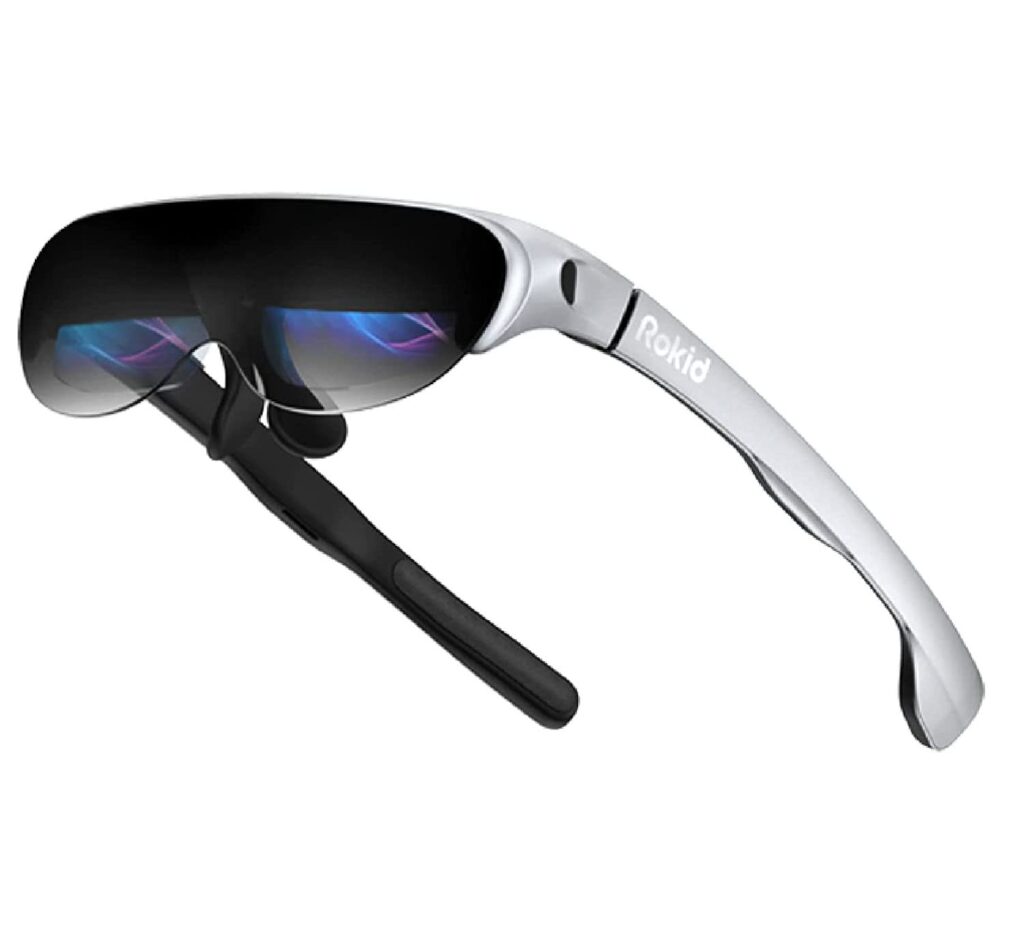
AR Glasses: Seeing Beyond Reality
Augmented reality (AR)
glasses are no longer a futuristic fantasy. They are slowly but surely becoming a reality, promising to merge the digital and physical worlds seamlessly.
But what exactly are AR glasses? How do they work, and what potential do they hold?
Demystifying AR Glasses:
Imagine wearing a pair of glasses that superimpose digital information onto your real-world surroundings. That’s the basic idea behind AR glasses. These glasses use tiny projectors or microLED displays to overlay text, images, 3D models, and even videos onto your field of view.
Unlike virtual reality (VR) headsets, which completely replace your vision with a digital environment, AR glasses allow you to see both the real and digital worlds simultaneously. This opens up a wide range of possibilities:
Transforming Everyday Experiences:
Navigation: Imagine walking down the street with turn-by-turn directions projected onto your glasses, eliminating the need to fiddle with a phone.
Information on Demand: Point your glasses at a building and see its history, opening hours, or user reviews appear before your eyes.
Enhanced Learning:
Visualize complex concepts like molecules or historical events in 3D, making learning more interactive and engaging.
Remote Assistance:
Technicians can see instructions overlaid on equipment, or doctors can remotely guide surgeons during procedures.
Gaming and Entertainment:
Interactive Gaming: Imagine battling holographic creatures in your living room or exploring virtual worlds without leaving your couch.
Immersive Entertainment: Watch movies on a virtual cinema screen or attend concerts with augmented effects.
The Future of AR Glasses:
While still in their early stages, AR glasses have the potential to revolutionize various industries and aspects of our lives. However, several challenges need to be addressed:
Cost:
Current AR glasses are expensive, limiting their accessibility.
Battery Life: The power required to project digital information drains batteries quickly.
Field of View:
The area where digital information is visible is still limited.
Privacy Concerns: Sharing information through AR glasses raises privacy and security questions.
Despite these challenges, the future of AR glasses looks bright. As technology advances and costs decrease, AR glasses could become ubiquitous, changing the way we interact with the world around us.
Additionally, here are some points you might want to consider including in your content:
Highlight specific AR glasses available on the market, mentioning their features and functionalities.
Discuss the ethical considerations surrounding AR glasses and their potential impact on society.
Explore the potential applications of AR glasses in specific industries, such as healthcare, education, and manufacturing.
Share your own thoughts and predictions on the future of AR glasses and their impact on humanity.